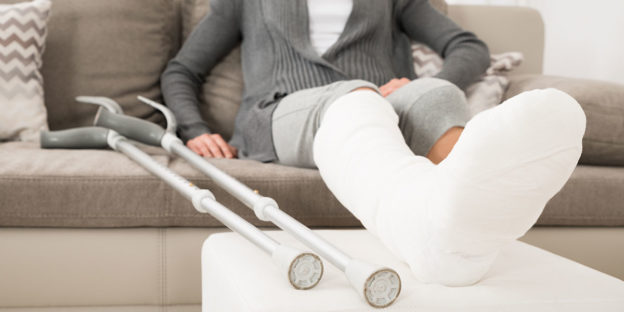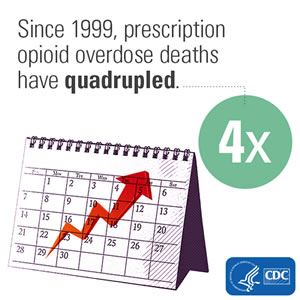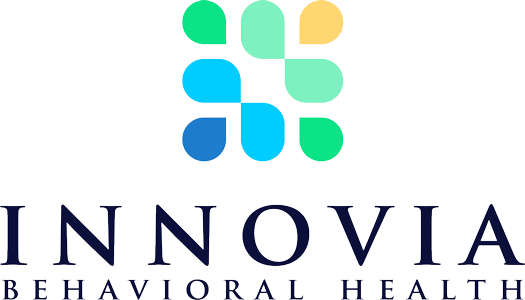The results of a study conducted by the Society of Actuaries found that the opioid crisis cost the US economy $631 billion from 2015-2018. The largest portion of this cost was attributed to the potential lifetime earnings of people who died due to drugs, with healthcare costs coming in second place.
Governments Suing Drug Companies
More than 2,000 local and state governments have taken drug manufacturers to court over their role in the opioid crisis. They are seeking to recover damages for the cost of first responder services, public health services and more. The results from the report found that the private sector and individuals bear most of the financial cost (more than two-thirds) as opposed to the government (less than one-third).
Financial Costs of Opioid Crisis Difficult to Track
The federal government has been keeping statistics on the number of deaths attributed to opioid abuse. The number has reached 400,000 American lives lost since 2000. Getting a clear figure of the financial cost has been more difficult.
According to a report released by the Centers for Disease Control and Prevention, the cost was $79 billion (2013). This figure is less than half the cost published in the latest report for more recent years. The opioid crisis has also intensified since 2013; fentanyl and carfentanil have contributed to a higher death toll. Opioid-related deaths grew throughout 2017 and stabilized in 2018 at approximately 47,000 lost lives.
According to the actuaries’ report, the opioid crisis will cost approximately $171-$214 billion in 2019. Even the most optimistic prediction puts the cost higher than the 2017 numbers.
Child Welfare, Criminal Justice Costs Up due to Opioids
The new study found that child welfare system and criminal justice costs have increased due to the opioid epidemic. Most of the increased health care costs related to opioid addiction and overdoses were absorbed by Medicaid, Medicare and other types of government programs. The crisis was also responsible for $18 billion in commercial insurance costs in 2018 and lost productivity accounted for an additional $27 billion hit to the economy last year.



 Prescription opioid pain medications aren’t the only drugs being abused by Americans. Over the counter (OTC) preparations are also falling into that category.
Prescription opioid pain medications aren’t the only drugs being abused by Americans. Over the counter (OTC) preparations are also falling into that category. 
 Prescription pain medications are highly effective when used as directed. However, opioid painkiller abuse by patients and people other than those for whom the drugs were prescribed is a growing problem in many parts of the US. It can lead to a number of problems, including addiction, overdose, depression and lost productivity at work.
Prescription pain medications are highly effective when used as directed. However, opioid painkiller abuse by patients and people other than those for whom the drugs were prescribed is a growing problem in many parts of the US. It can lead to a number of problems, including addiction, overdose, depression and lost productivity at work. 